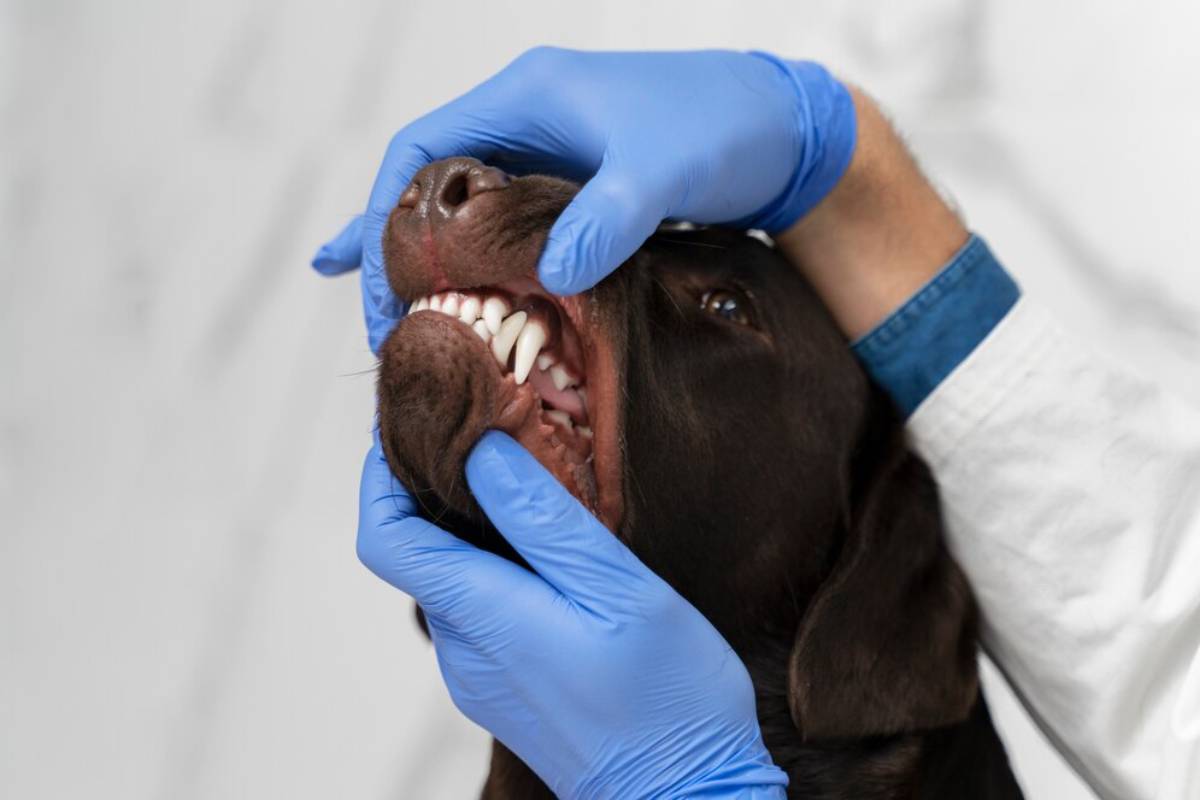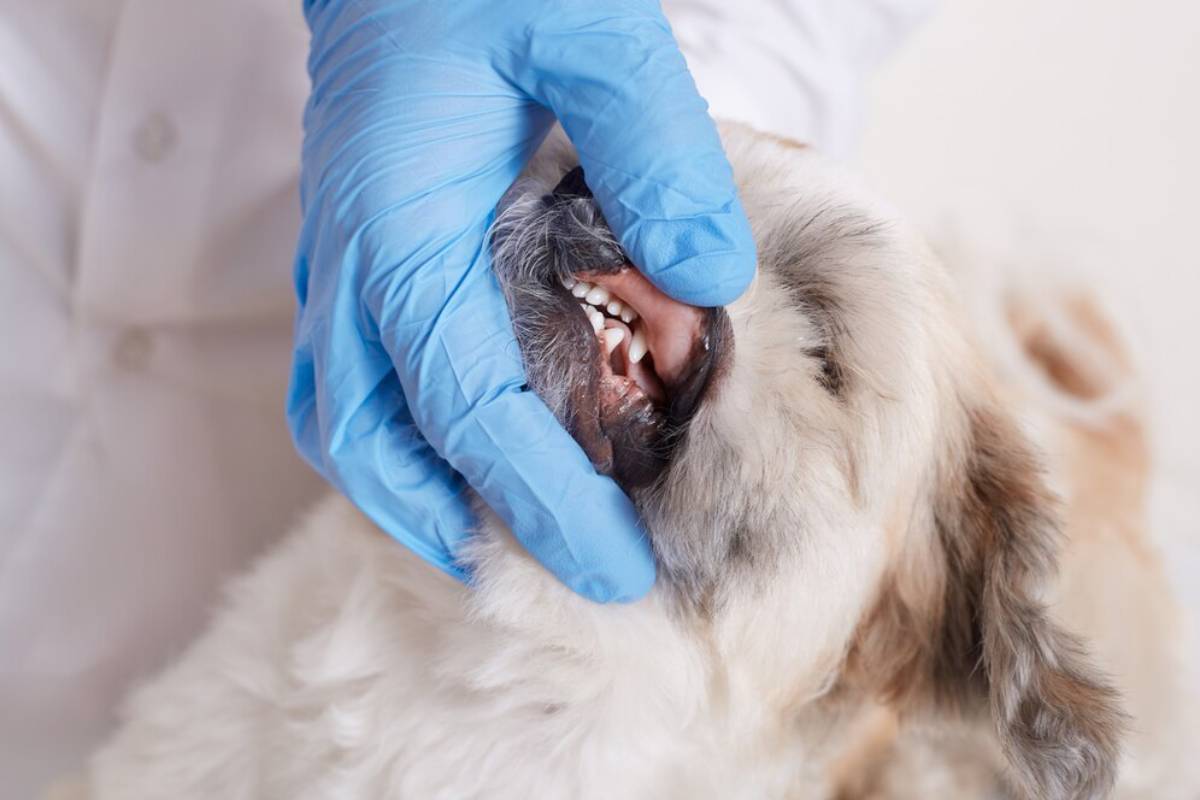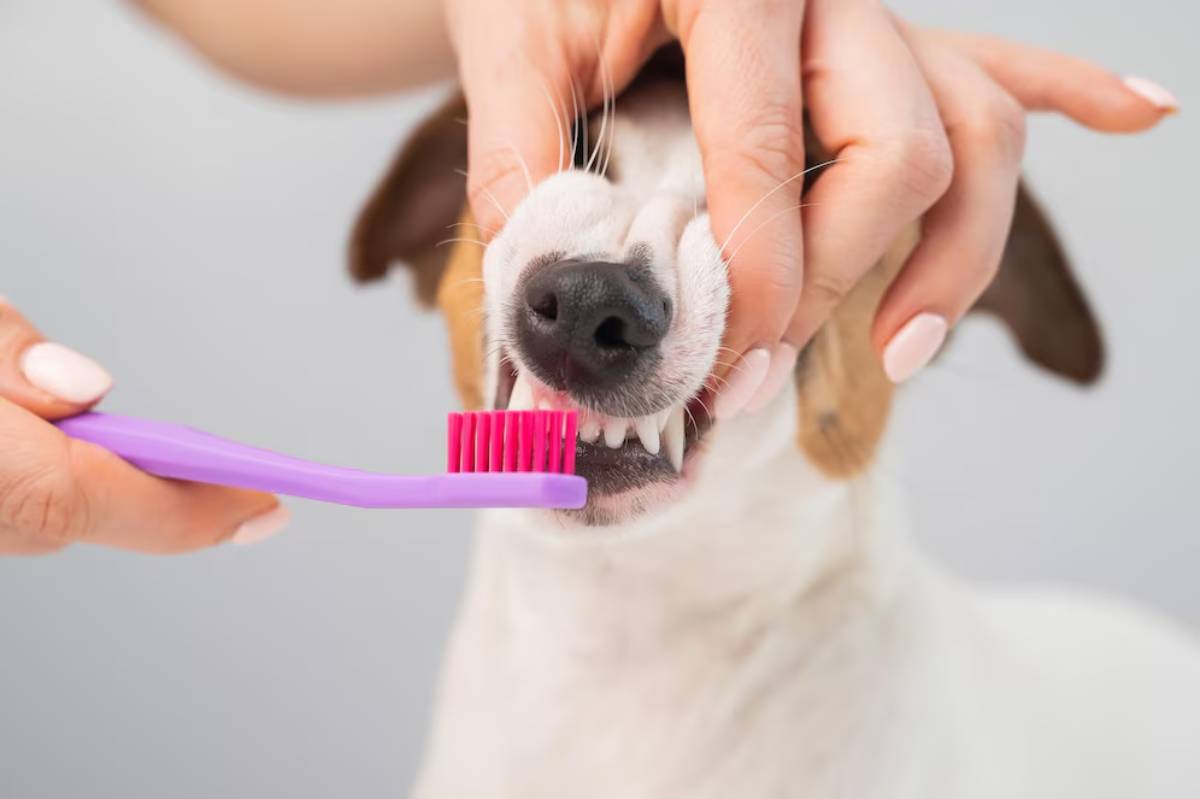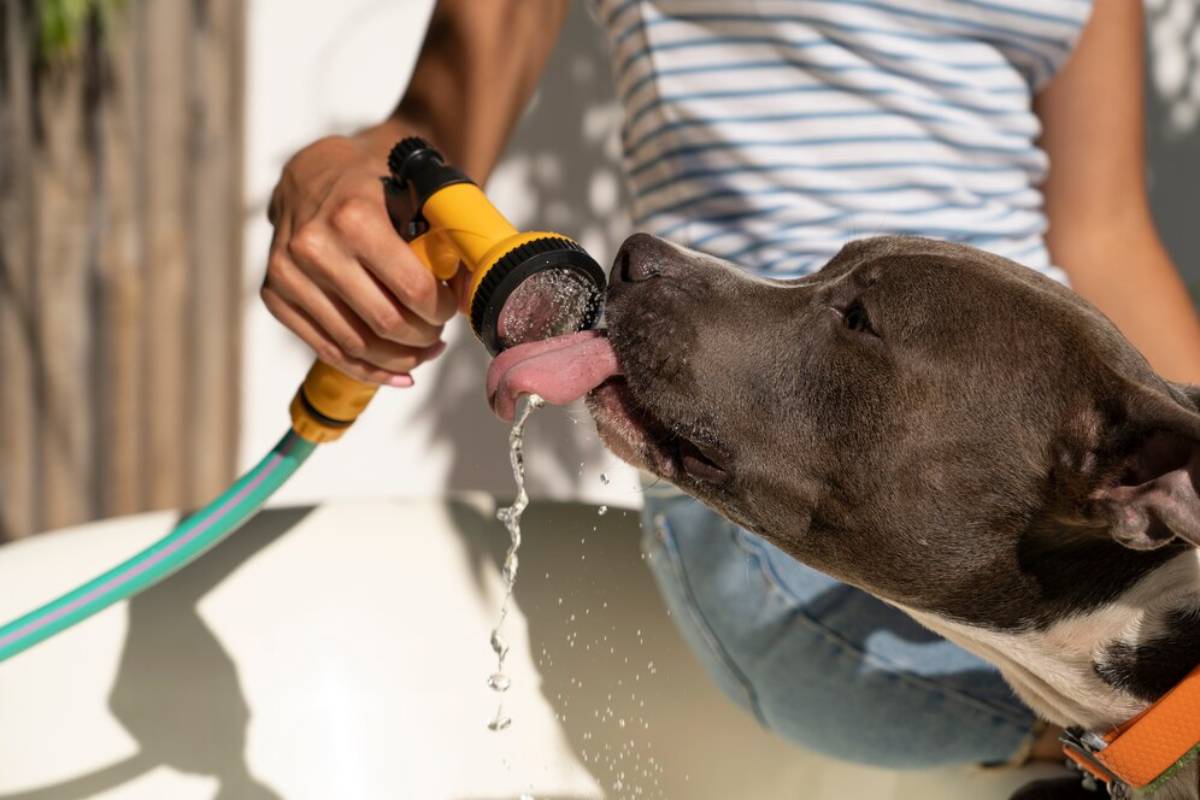
The Importance of Regular Dental Check-Ups for Pets
When we think about keeping our pets healthy, we often focus on their diet, exercise, or vaccinations—but what about their teeth? Just like humans, pets rely on strong, healthy mouths to eat, play, and thrive. Yet pet dental care is one of the most overlooked areas of animal health.
Dental disease affects up to 80% of dogs and 70% of cats over the age of three. Left untreated, it can lead to pain, and infection, and even impact vital organs. Fortunately, regular veterinary dental check-ups and a solid home care routine can prevent most dental issues and help your pet live a healthier, more comfortable life.
In this guide, we’ll explore the importance of pet oral health, the signs of dental problems, and how to protect your pet’s pearly whites through proactive care. We’ll also provide age-specific guidance, daily routines, and practical strategies for prevention that can make a lasting difference.
Why Pet Dental Care Matters
More Than Just Bad Breath
While “doggy breath” or a cat’s strong-smelling mouth might seem harmless, it’s often a sign of something more serious. Dental issues can cause:
- Pain and discomfort while eating
- Inflamed or bleeding gums
- Tooth loss
- Bacterial infections that spread to the heart, kidneys, or liver
Poor dental hygiene leads to periodontal disease, a condition where bacteria destroy the structures supporting the teeth. It starts with plaque, hardens into tartar, and progresses to infection if left untreated.
Dental disease doesn’t just stay in the mouth—it can affect your pet’s whole-body health. Bacteria from infected gums can enter the bloodstream, leading to serious complications like endocarditis (heart infection) or kidney and liver disease.
Long-Term Benefits of Good Oral Hygiene
- Prevents disease progression and costly treatments
- Supports overall wellbeing, energy, and mood
- Extends lifespan, especially in senior pets
- Improves quality of life through pain prevention
- Preserves teeth and chewing function, supporting good nutrition
Investing in your pet’s dental health is a powerful form of preventative care that enhances their comfort and vitality.
The Economic Impact
Ignoring dental health may seem like a money-saver at first, but it often leads to more costly interventions later, including tooth extractions, surgery, and treatment for systemic infections. Preventive care, including check-ups and cleaning, is far more cost-effective in the long run.
For example, a professional cleaning might cost £200–£400, while treating advanced periodontal disease with multiple extractions can exceed £1,000—and still may not fully restore your pet’s quality of life.

Common Signs of Dental Problems in Pets
Recognising the signs early allows for timely treatment. Look out for:
- Bad breath that worsens over time
- Red, swollen, or bleeding gums
- Yellow or brown tartar build-up
- Loose or missing teeth
- Drooling or dropping food while eating
- Pawing at the mouth or avoiding chewing
- Loss of appetite or changes in behaviour
If you notice any of these symptoms, it’s time for a veterinary dental check-up.
Certain breeds are more susceptible to dental problems. For example:
- Small dog breeds (like Chihuahuas, Pomeranians, and Dachshunds) often suffer from overcrowded teeth.
- Flat-faced breeds (like Persians or Bulldogs) are prone to malocclusion, where teeth don’t align properly.
Cats are also prone to a unique condition called feline resorptive lesions, where tooth structures break down from the inside—often painfully and without obvious signs until advanced.
Understanding breed-specific risks can help pet owners take more targeted preventive measures.
What Happens During a Veterinary Dental Check-Up?
Routine dental check-ups typically include:
1. Oral Examination
Your vet will examine your pet’s teeth, gums, tongue, and oral tissue to identify:
- Plaque and tartar build-up
- Gum disease (gingivitis or periodontitis)
- Broken, loose, or painful teeth
- Signs of oral masses or infection
They may also check your pet’s jaw alignment and ask about any changes in eating behaviour, drooling, or facial swelling.

2. Professional Cleaning (If Required)
If significant tartar is present, your vet may recommend a professional clean under anaesthesia, which involves:
- Scaling (removing plaque/tartar above and below the gum line)
- Polishing (to smooth enamel and reduce future plaque accumulation)
- Dental X-rays (to detect hidden damage, root issues, or resorptive lesions)
- Extractions (only if teeth are severely damaged or infected)
These procedures are safe, thorough, and essential to maintaining pet oral health.
Modern anaesthesia techniques are much safer than in the past. Pre-anaesthetic bloodwork and monitoring equipment ensure your pet’s safety throughout the procedure.
3. Discussion of Home Care and Follow-Ups
Your vet may recommend specific diets, dental chews, brushing techniques, or follow-up appointments depending on your pet’s oral condition and health history.
How Often Should Pets Get Dental Check-Ups?
For most pets, an annual dental exam is recommended. However, some may need more frequent visits, including:
- Small breeds prone to overcrowded teeth
- Senior pets with a history of dental issues
- Flat-faced breeds with alignment problems
- Pets with chronic health conditions, such as diabetes or kidney disease
Young, healthy pets might get away with yearly visits, but older or at-risk pets may benefit from check-ups every 6–9 months.
If your pet is undergoing regular cleanings or shows signs of disease, your vet may also schedule routine X-rays to monitor internal tooth health.
Daily Dental Care: Your Role at Home
Preventing dental disease doesn’t stop at the clinic. Here’s how you can care for your pet’s teeth at home:
1. Brushing Their Teeth
- Use pet-specific toothpaste (never human toothpaste, which contains xylitol and fluoride that can be toxic)
- Introduce slowly with praise and patience
- Start by massaging the gums with your finger before using a brush
- Aim for brushing at least 2–3 times a week, or daily for best results
- Use finger brushes or soft-bristled pet toothbrushes for comfort
2. Dental Treats and Chews
- Choose vet-approved dental chews with the VOHC (Veterinary Oral Health Council) seal
- Avoid hard items like bones, hooves, or antlers, which can crack teeth
- Use chews as a supplement to brushing, not a replacement

3. Water Additives and Oral Sprays
- These can help reduce bacteria and freshen breath between brushings
- Easy to use and accepted by most pets
- Not a substitute for mechanical cleaning, but a useful complement
4. Dental Diets
- Some prescription diets (e.g., Hills t/d or Royal Canin Dental) are designed to control tartar and promote oral health
- These diets often feature specially shaped kibble designed to scrub the teeth during chewing
Consistency and patience are key. Many pets eventually enjoy (or at least tolerate) dental routines when introduced gradually.
Tailoring Dental Care for Different Life Stages
Your pet’s dental needs evolve over time. Here’s how to adjust your approach depending on their age:
Puppies and Kittens
- Begin gentle mouth handling early
- Introduce toothbrushing as a fun, bonding activity
- Monitor for baby tooth retention and proper jaw development
- Schedule an oral exam during routine vaccinations
Adult Pets (1–7 years)
- Establish a regular brushing routine
- Use dental chews and schedule annual check-ups
- Address tartar build-up early to avoid advanced periodontal disease
- Transition to dental diets if advised by your vet
Senior Pets (7+ years)
- Prioritise check-ups every 6–12 months
- Switch to softer food if teeth are loose or missing
- Watch for pain, drooling, or difficulty eating
- Monitor closely for signs of oral tumours or resorptive lesions
With age, pets become more susceptible to dental disease, making consistent care and professional monitoring even more critical.
Keep Smiles Bright for a Lifetime
Pet dental care is not just about a clean mouth—it’s about ensuring your furry friend stays happy, pain-free, and healthy for years to come. Dental disease is common but preventable, and with regular veterinary dental check-ups and daily care, you can significantly reduce your pet’s risk of pain, infection, and tooth loss.
By taking a proactive approach to pet oral health, you’re not only protecting their teeth—you’re safeguarding their overall well-being. Healthy teeth mean better nutrition, fewer infections, and more tail wags or purrs.
Take the first step today: schedule your pet’s dental exam, start a brushing routine, or explore dental diets and chews. Your efforts will go a long way in giving your pet a more comfortable, healthier life—filled with happy smiles and fresh breath.


